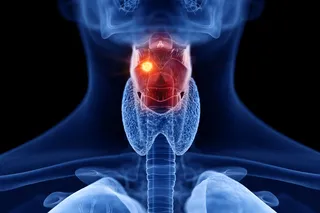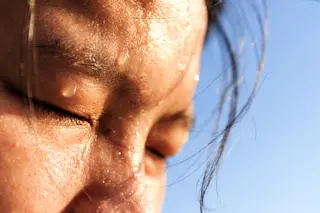They're about three and a half feet tall and their origins are mysterious, but an isolated group of Ecuadorians with a genetic mutation causing dwarfism are making news for another reason: They hardly ever get cancer or diabetes. Medical researchers say the villagers' genetic protection from these diseases could lead to preventative treatments for the general population--and could therefore increase human longevity. The villagers' condition is called Laron syndrome, which is caused by an insensitivity to growth hormone.
Laron syndrome results from a mutation in the gene that codes for growth hormone receptor (GHR), a protein that binds with the human growth hormone and ultimately results in the production of the insulin-like growth factor 1 (IGF1), causing cells to grow and divide. When a person has two of these mutated and non-working genes, they can develop the disease. [LiveScience]
Jaime Guevara-Aguirre, the leader of the study about the Ecuadorians
appearing ...













